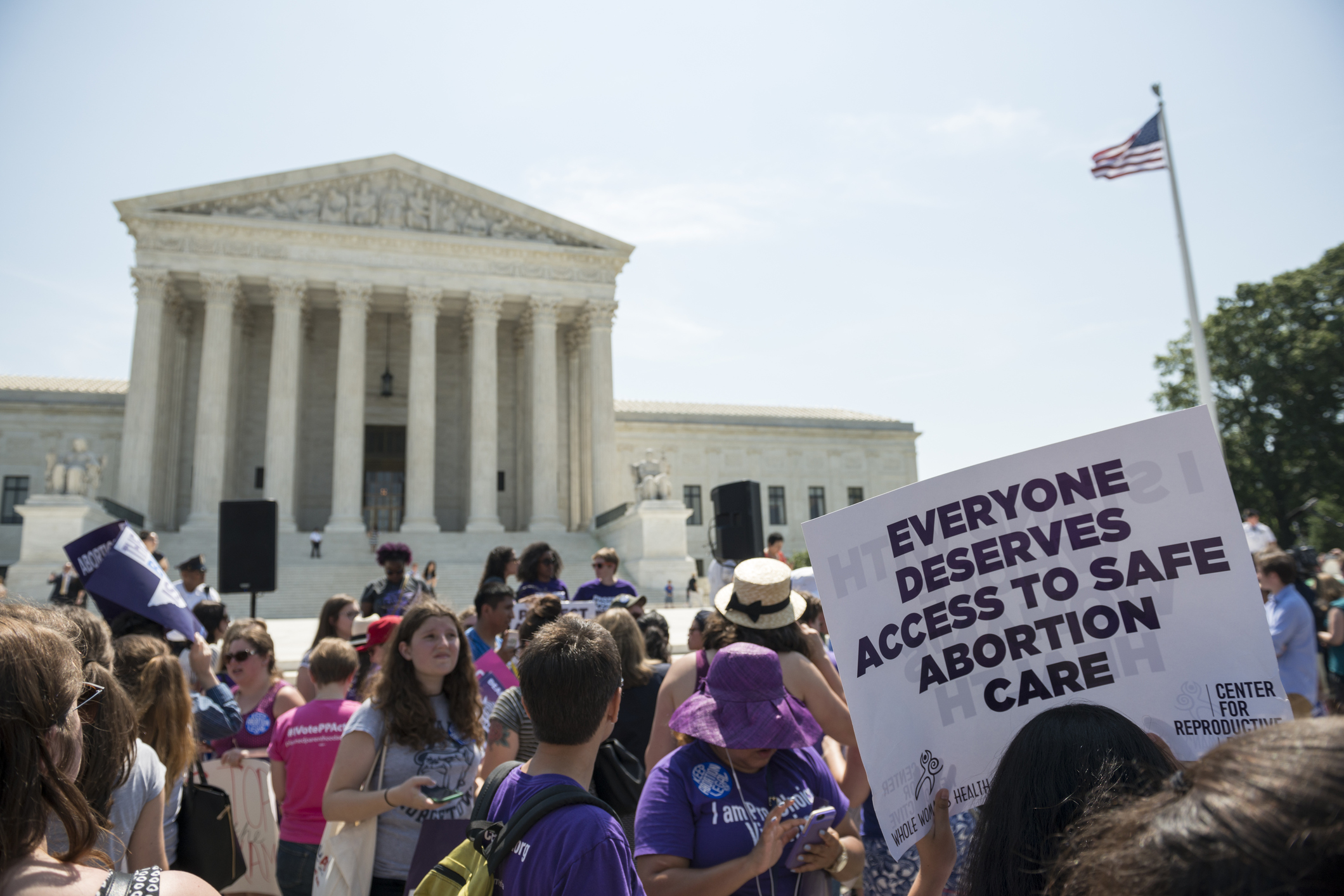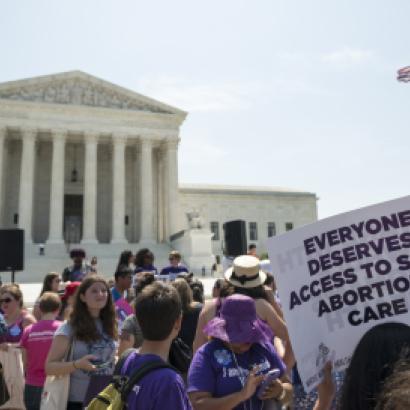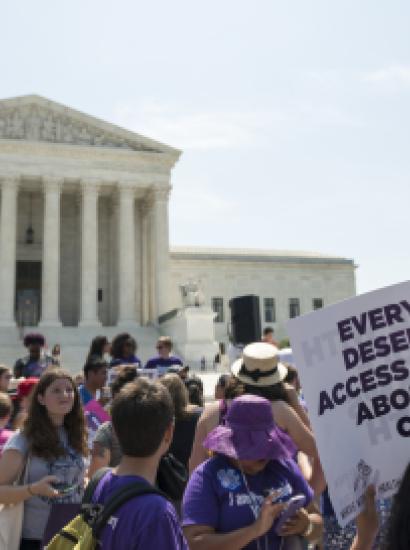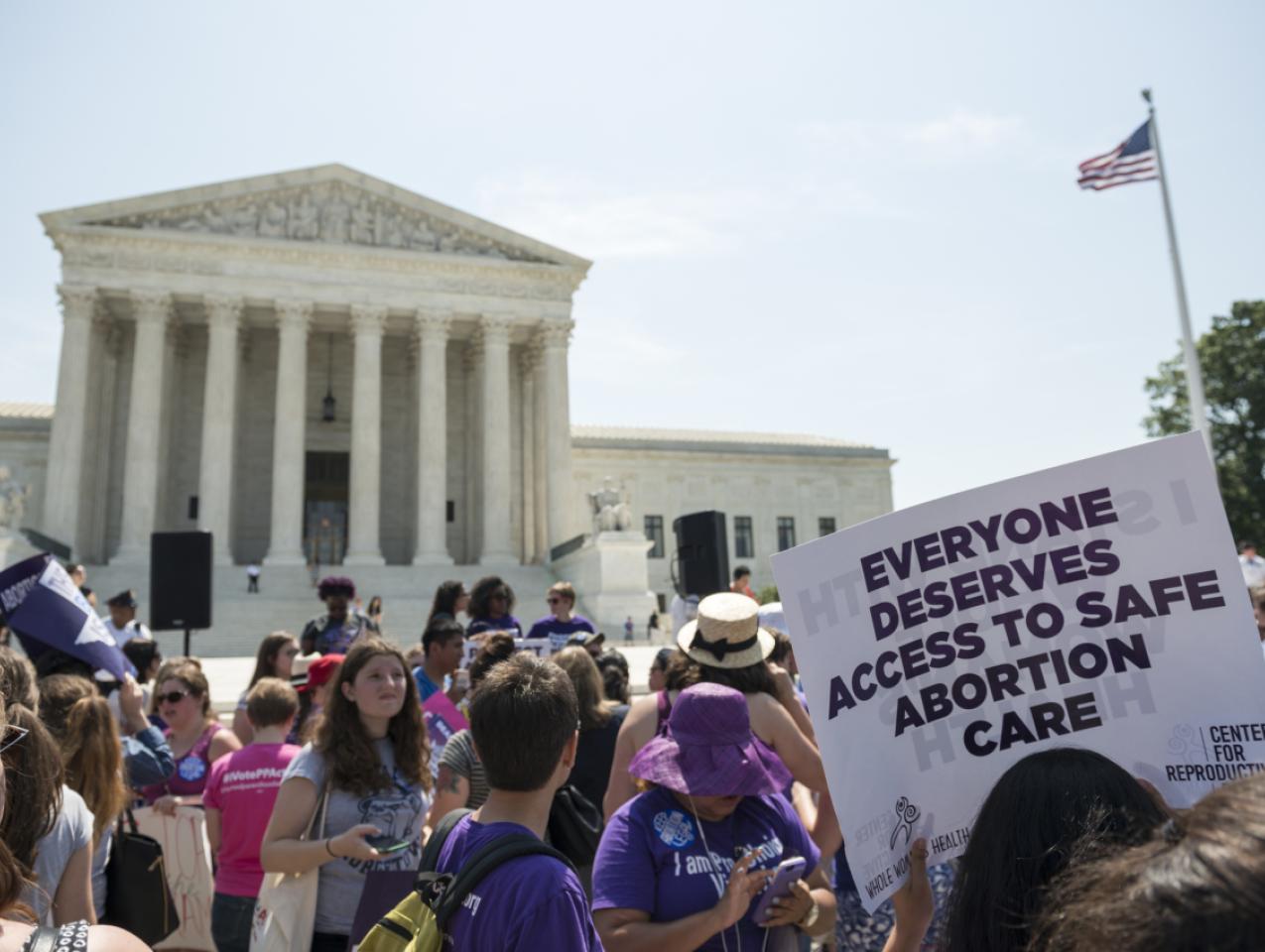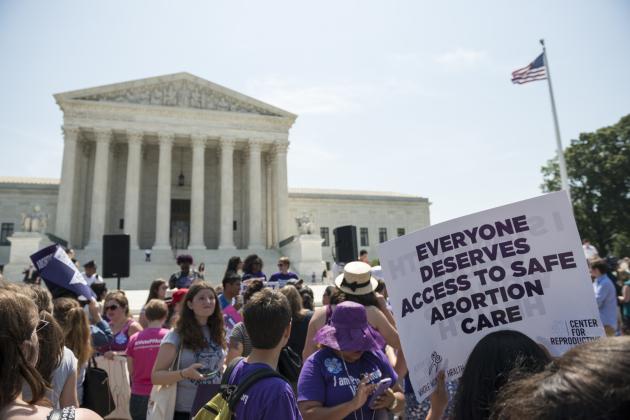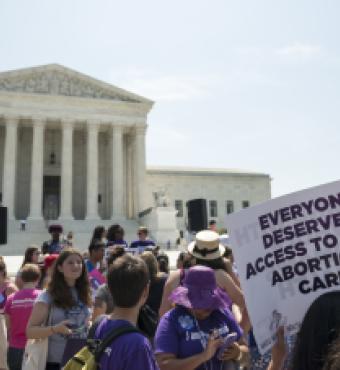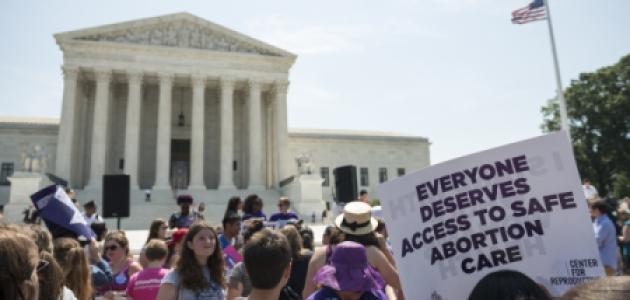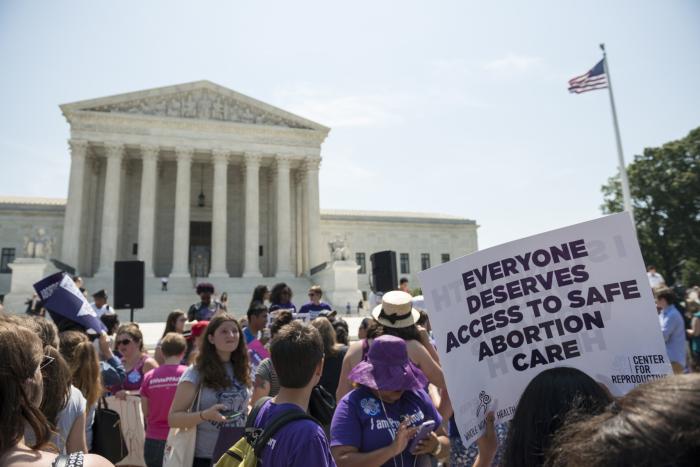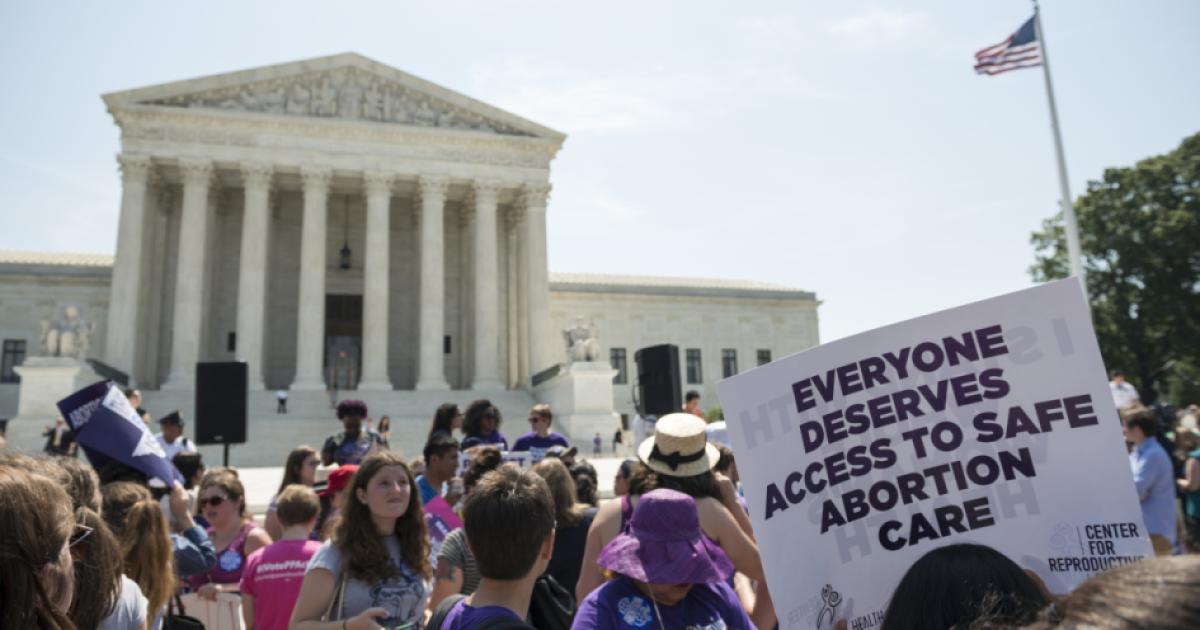- Law & Policy
The road to deregulation is often marred by unanticipated pitfalls. Yet such is the case in a saga over airline deregulation in the Dallas-Forth Worth market. The story begins over forty years ago, and its final chapter is now being played out in the courts. In 1978, Congress decided to abolish a hoary New Deal agency, the Civil Aeronautics Board, which was created by the Civil Aeronautics Act (1938) to determine routes and to set prices for airline passenger traffic throughout the United States. But the New Deal law’s price setting powers were quickly used by airlines to suppress competition among themselves, so that interstate fares were consistently higher for short hauls than intrastate fares were for longer ones.
The deregulation movement of the late 1970s had its intended consequence of hastening competition among airlines. But it also created a backlash in one market, Dallas-Fort Worth, located in the backyard of then-Speaker of the House Jim Wright. Wright feared that vigorous competition to the new Dallas/Fort Worth airport (DFW) would come from the Love Field airport, the home of the upstart Southwest Airlines, which was now poised for the first time to expand operations into the interstate market. Wright thought that flights from Love Field would reduce the air traffic at DFW, which in turn would reduce the revenues needed to fund the debt service on DFW bonds. So in 1979, he induced Congress to pass the Wright Amendment, which perversely restricted all flights out of Love Field outside of Texas and four contiguous states—Arkansas, Louisiana, New Mexico, and Oklahoma—to aircraft that had 56 or fewer seats.
Unfortunately, this bizarre and protectionist legislation received an undeserved constitutional blessing from the courts in 1991. But local outcry against this rigged system continued, so that this already tangled history then took another bizarre turn. By 2004, Southwest mounted an effective campaign to “free Love Field,” which prompted American Airlines to make Southwest an offer it could not refuse. Both companies, the two airlines concluded, would be better off by cartelizing the market by dividing a limited number of gates at Love Field and DFW between them. In order to put this plan into action, however, the two airlines, the DFW Airport Authority, and the two cities (Dallas and Fort Worth) had to reduce the capacity of Love Field. They decided to do so by getting rid of twelve state-of-the-art gates—six at the main terminal and six on Lemmon Avenue—serving Love Field, which were owned by the company Love Terminal Partners (LTP). Flights from these gates could crater the American/Southwest alliance. So these five parties (Southwest, American Air, Dallas, Fort Worth, and DFW) prevailed on Congress in October 2006 to pass the Wright Amendment Reform Act (WARA) which provided that “The City of Dallas shall reduce as soon as practicable, the number of gates available for passenger air service at Love Field to no more than 20 gates. Thereafter, the number of gates available for such service shall not exceed a maximum of 20 gates.” And shortly thereafter, Dallas condemned LTP’s gates and promptly razed them. That’s one way to ground the competition.
Sadly, an antitrust suit that LTP filed against the Five Parties Agreement was blocked on the ground that those laws were overridden when Congress blessed the deal under WARA. At this point, LTP had only one option, which was to seek just compensation for its demolished gates. In two careful opinions, in 2011 and 2016, Judge Margaret Sweeney in Federal Claims Court awarded LTP $133.5 million for the physical destruction of the gates. But LTP’s case then crashed unexpectedly on appeal when, in 2018, Judge Timothy Dyk of the Federal Circuit upended the entire operation. Judge Dyk insisted that zerocompensation was required for the simple reason that LTP could not prove that the gates in question had any market value prior to their destruction: No party is entitled to compensation for the destruction of worthless property.
LTP is now petitioning the Supreme Court to review this astonishing result. I have filed a brief with the Institute for Justice that urges the Court to review Judge Dyk’s decision, which works a massive injustice on an innocent victim while distorting the entire process of market valuation, so critical to the sound operation of the eminent domain law. The danger here quite simply is that if the government can take private property for anything less than its full and fair value, it will engage in more mischievous takings.
In this case, we know that the zero valuation put on the property by Judge Dyk has to be wrong, because if the Lemmon Avenue gates were worthless, why would the five parties secure the passage of WARA to authorize their destruction? Their position is a lot more secure than it would have been if the Lemmon Avenue gates had just been mothballed.
There are two related ways to think about this case. The first and preferable approach assumes that all the restrictions that the original Wright Amendment placed upon the use of Love Field were eliminated with the passage of WARA, whose text is, however, silent on the issue. But the basic statute necessarily lifts all the limitations on flights out of the other 20 gates from Love Field, so a strong presumption in favor of equal treatment says that it by implication lifted the restrictions on the 12 gates serving Love Field. As a general matter, statutes should be read to avoid constitutional difficulties, and those would be acute if the government exercised a naked preference by removing the restriction from politically favored gates while leaving them in place for LTP’s twelve gates.
Nor could Congress justify authorizing the destruction of the gates on the ground that it had a supposedly legitimate state interest in reducing the number of flights out of Love Field. That explanation, if true, could not explain why these gates were singled out. As the Supreme Court held in Cincinnati v. Discovery Network (1993), just because Cincinnati found it necessary to limit the number of newsstands on public streets for safety and aesthetic reasons, it could not indulge its preferences by excluding all commercial flyers and allocating all the newsracks to mainstream newspapers. The same logic applies here. No total cap can be selectively enforced, so Judge Dyk was wrong to mark down the market value of the gates.
Second, the Dyk no-compensation judgment is still wrong even if the restrictions on the LTP gates remained after they were released on the other gates. Dyk insisted that the gates were worthless because they had not turned a profit before the passage of WARA. The ultimate test of value is generally what a willing and informed buyer will pay a willing and informed seller in a voluntary market. Both those parties would of course take into account whether the existing restrictions on the LTP’s gates could be lifted in the future in whole or in part, as they were in 1997 and 2005. A potential buyer would also recognize that earlier efforts to use these gates ran into the huge downturn in air traffic following 9/11, and note that both changes in market conditions and technical advances could give the restricted gates substantial value going forward.
Finally, the United States cannot wash its hands of the mess by noting, as the WARA does, that “No Federal funds or passenger facility charges may be used to remove gates at the Lemmon Avenue facility.” That declaration carries no more weight than a statutory declaration that Congress repudiates its obligations to pay just compensation when its actions are implicated in the destruction of private property. Recall that the current Supreme Court doctrine in Loretto v. Teleprompter Manhattan CATV Corporation imposes a per se (i.e. automatic) liability for physical takings that the government either executes or authorizes—including the destruction of LTPs gates. In this situation, government has, as the Supreme Court has said elsewhere, “so far insinuated itself into a position of interdependence with [Dallas] that it must be recognized as a joint participant.” This principle means the government cannot avoid its obligation to compensate LTP by having Dallas rather than Congress condemn the gates.
Speaking at a more general level, I have for many years criticized the weak protection that the Supreme Court offers owners of private property under the Takings Clause of the Fifth Amendment: "nor shall private property be taken for public use without just compensation.” The adverse consequences include serious injustices in individual cases, such as this one, and the willful and unrederessed government destruction of private property. The Supreme Court should step in to reorient the direction of the law and to right this grievous wrong.







